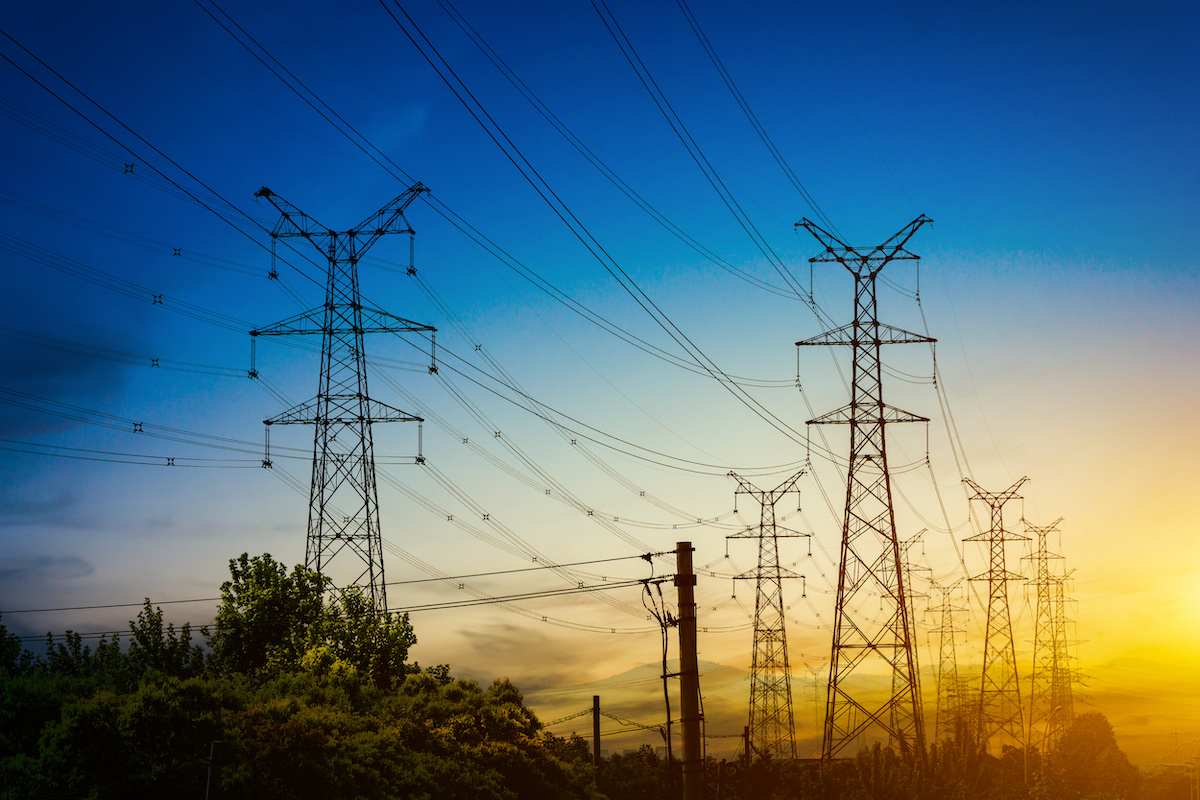Down to the Wire: Putting Data to Work to Help Minimize Wildfires
With rising temperatures and increasingly drier conditions in many parts of the world, fires are starting and spreading more easily than ever. Perhaps nowhere is this more evident than in California where drought and an aging electrical power grid have combined to spark one-third of the wildfires there from 2011 to 2015.
But the Golden State is not alone. Stressed electrical infrastructure across the U.S. that is prone to failures is leading to massive outages and fires. Compounding the issue, utilities are contending with fluctuating demand, declining commercial usage and revenue due to the pandemic, and limitations around securing governmental approvals for rate increases that are required for modernizing power delivery equipment.
These challenges and the costs of not addressing infrastructure’s connection with wildfires is likely to worsen, as illustrated by data from NASA showing climate change is worsening wildfires. To complicate matters further, a wildfire in and of itself negatively impacts earth’s climate by releasing massive amounts of carbon dioxide, black carbon, brown carbon, and ozone precursors into the atmosphere.
These emissions affect radiation, clouds, and climate on regional and even global scales. Wildfires also emit substantial amounts of volatile and semi-volatile organic materials and nitrogen oxides that form ozone and organic particulate matter. Direct emissions of toxic pollutants can harm first responders and local residents, but, according to the National Oceanic and Atmospheric Administration, can be transported by the wind to populations in regions far away from the wildfires.
Transforming from Utility Operators to Data Experts
There is hope, however. Utility companies rely on the payments received from customers for the electricity they use. Demand is expected to increase long-term, but recently, electricity usage served by the utilities declined, in part due to pandemic-related usage decreases in commercial and industrial customers. The addition of distributed energy generation with rising PV (photovoltaic) solar and wind energy projects also factor in, creating a dynamic supply and demand scenario that is difficult to predict and manage.
The reality for energy utilities is that their fixed costs remain the same or keep rising, while the amount of money collected per Kilowatt hour (kWh) is flatlining or decreasing. And in many areas, utilities are heavily regulated, and this can limit their access to wildfire mitigating investments or critical infrastructure.
This requires utility companies to come up with more cost-efficient ways to maintain their fixed-cost infrastructure so they can operate safely.
To chart their course for the future, utility companies are beginning to adopt data-driven strategies that unearth areas of opportunity. Many have already adopted analytics capabilities to identify patterns in everything from usage to maintenance to better understand and plan for supply and demand, project investments, and pricing.
How Data Can Help Prevent Wildfires
But analytics has spread beyond traditional metrics at electrical utilities. For example, remote monitoring and IoT technologies provide advanced insights into how assets are performing by detecting environmental factors. They can then notify operational crews when assets are underperforming, overheating, have gone down or are likely to go down.
Today’s more advanced monitoring, data collection and data analytic tools and techniques allow us to understand how assets are performing in real time. This makes it possible to know not only how they are performing in the moment, but also how they compare to similar assets in another territory. They can help determine whether an asset-class’ performance is the same everywhere, or whether some are breaking down sooner or requiring maintenance more often in one area versus another. When you layer AI and machine learning, data analytics can predict potential asset failures and allow maintenance teams to take corrective action pre-emptively.
Aside from being expensive for unnecessary repairs, schedule-based maintenance creates waste and shortens the usable life of otherwise healthy equipment. Moving to analytics-based predictive maintenance helps reduce wildfire threats, enhances sustainability, optimizes supply chains and spare parts inventory management, and reduces total maintenance spend, making more money available for wise infrastructure investments.
Spotting Hot Spots for Wildfires
Traditional monitoring and maintenance of powerlines is currently done by taking aerial photographs and having scientists analyze photos for anomalies. It’s tedious, time-consuming and imprecise.
By digitalizing and automating their asset performance management, utilities can detect, react and resolve issues faster, even preemptively. One example of this is the use of drones equipped with heat-sensing cameras or video cameras. These drones can gather images of the infrastructure, which can be taken back and run through automated algorithms to detect visual anomalies that help companies understand what may be happening to each component of the infrastructure and how it is aging. Automating this visual analysis with AI-powered software speeds the process exponentially.
Software can also detect variations in the energy flowing through the transmission lines in real-time. Heat signatures can indicate when equipment is showing signs of deteriorating, giving the utility company enough time to respond before an outage or incident occurs.
The Current of the Electric Industry Is Changing
At this point, every utility company in the world is using at least some form of analytics in their operations. As the adoption of better data collection, asset performance management and analytic tools and techniques continues, these companies will be in a better position to start minimizing the risk of wildfires caused by aging or deteriorating electric infrastructure.
The electricity industry is changing rapidly as the generation and distribution of electricity becomes increasingly democratized and localized. As it does, adopting a data-driven strategy can help optimize performance and safety by automating the collection, management, and analysis of data – ultimately leading to safer, more secure infrastructure.
Originally this article was published here.



